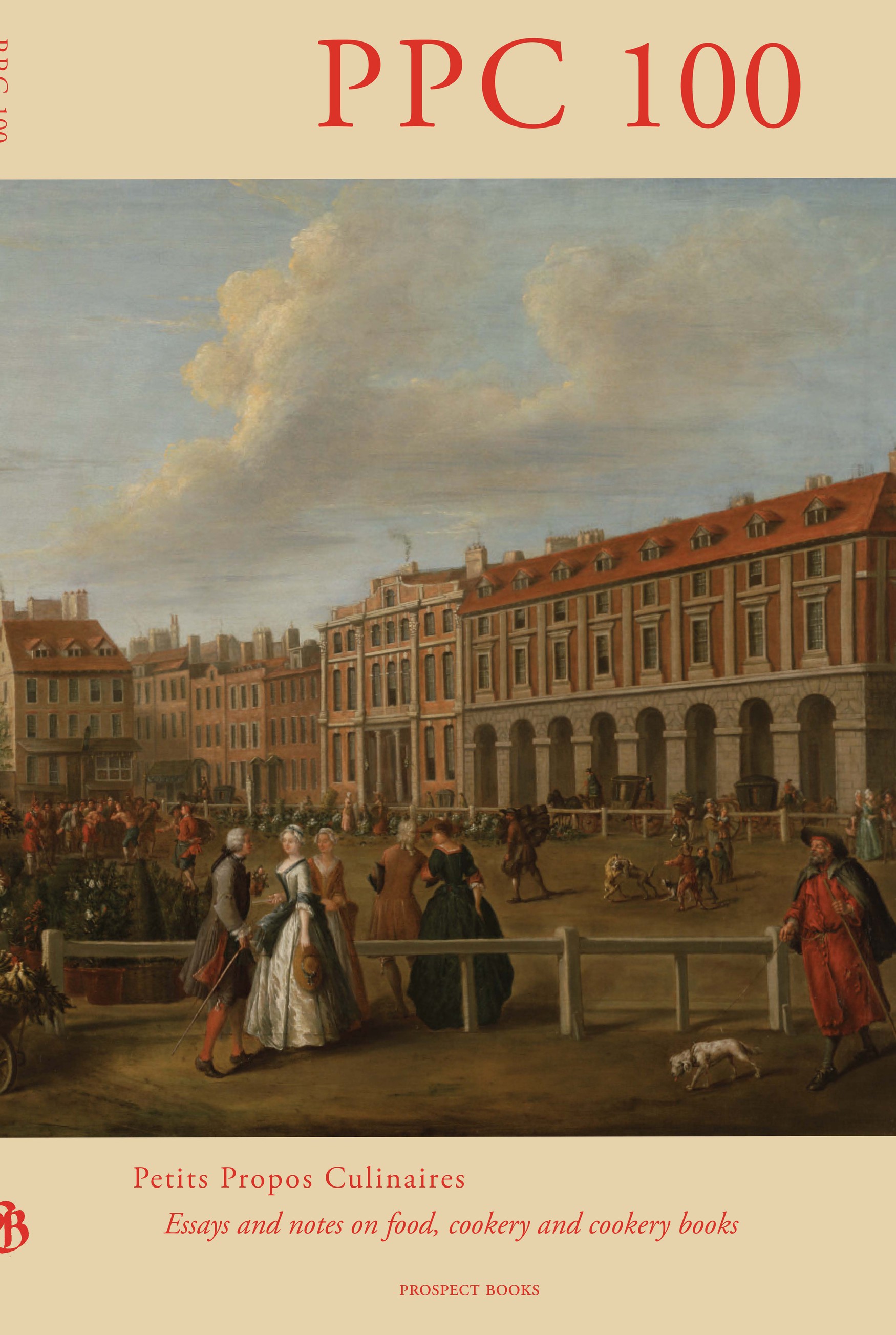Rocket, Cress and a Dash of Skirret
a Journey Through a Mare’s Nest
DOI:
https://doi.org/10.1558/ppc.28425Keywords:
the Cresses, medicinal plants, ingredients, Macer, mustards, nasturtium, Rufinus, anti-scorbuticsAbstract
This article looks at the various cresses and their culinary and medical properties and discusses why it has often been under-explored by contemporary books about medieval foods. Although its inclusion in the medieval diet had a major impact on the health of those who ate it, cress was perceived as a lowly peasant food and that there wasn’t much one could do with it.
References
Agnus Castus, A Middle English Herbal, ed. G. Brodin (Upsala University: 1950).
David E. Allen & Gabrielle Hatfield, Medicinal Plants in Folk Tradition, an Ethnobotany of Britain and Ireland (Timber Press: 2004).
Peter Brears, Cooking & Dining in Medieval England (Prospect Books: 2008).
Giacomo Castelvetro, The Fruit, Herbs and Vegetables of Italy 1614, ed. Gillian Riley (Prospect Books: 2012).
Minta Collins, A Medieval Herbal, a facsimile of Egerton 747 with a plant list by Sandra Raphael (British Library: 2003).
Nicholas Culpepper, The English Physician Enlarged (London: 1794).
Rembert Dodoens, Histoire des plantes en laquelle est contenue la description entière des herbes (1557 edition, translated into French by Charles L’Ecluse), (Hachette/Bnf facsimile, 2012).
John Evelyn, Acetaria, a Discourse of Sallets 1699 (Prospect Books: 1996).
W.T. Fernie, Herbal Simples Approved for Modern Uses of Cure (Bristol: Wright, 1897).
John Gerard, Of the Historie of Plants 1597, ed, Marcus Woodward 1927 (London: Senate, 1994).
Gilbertus Anglicus, Compendium Medicinae, Middle English translation from Latin, ed. Faye Marie Getz, published as Healing & Society in Medieval England (University of Wisconsin: 1991).
Edward Lee Greene, Landmarks of Botanical History, Part 1, prior to 1562 (Smithsonian: 1909).
John Harvey, Mediaeval Gardens (London: Batsford, 1981).
Tony Hunt, Plant Names of Medieval England (Brewer, 1989).
Richard Mabey, Flora Britannica (Sinclair-Stevenson, 1996).
Floridus Macer, De Viribus Herbarum, ed. G. Frisk (Uppsala University:1949).
Matteus Silvaticus, Pandette Indice dei simplici 1317, ed. Luciano Mauro, in Mater Herbarum (Milan: Edizione Angelo Guerini e Associati, 1995).
P.A. Mattioli, I discorsi nei I sei libri della materia medica di Pedacio Dioscoride Anazarbeo, (Valgrisi & Costantini 1557, republished Arnoldo Forni).
Pliny The Elder, Natural History, Books 17–19 with trans. by H. Rackham (Harvard Masachussets:1950).
Pliny The Elder, Natural History, Books 20–27 with trans. by W.H.S. Jones (Harvard Masachussets: 1952).
Rufinus, De Virtutibus Herbarum, ca. 1287, ed. Lynn Thorndike as the Herbal of Rufinus, (University of Chicago: 1949).
Sturtevant’s Edible Plants Of The World, ed. U.P. Hedrick (Lyon NY: 1919, Dover NY: 1972).
William Turner, A New Herball, 1562–1568 (republished Cambridge: 1995).

